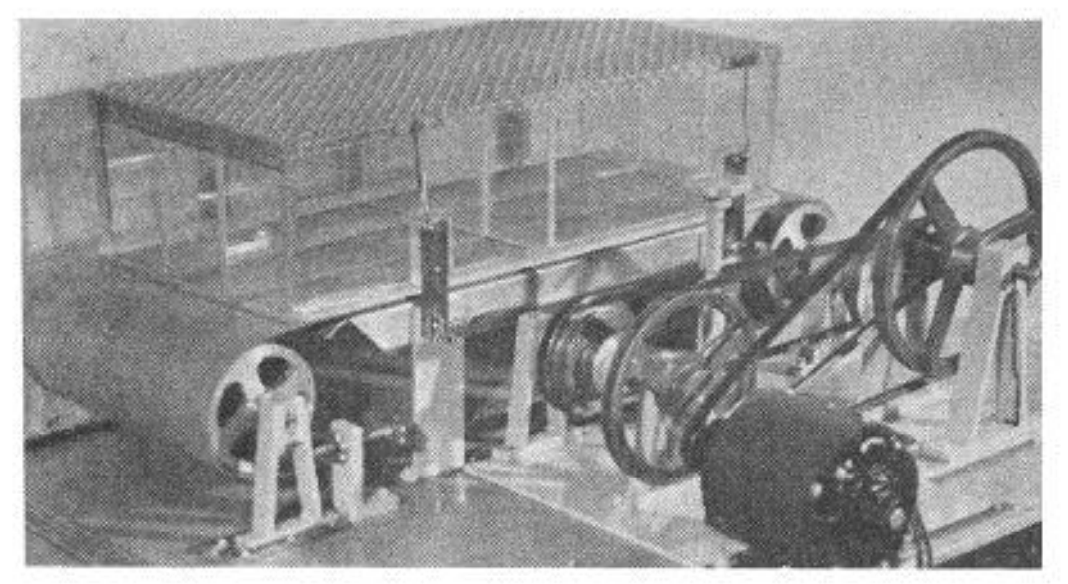As we people of the modern world grow heavier by the year, we have developed a growing interest in our morbid obesity. Or a morbid interest in our growing obesity. Our curiosity is justified: obesity is firmly linked to poor health. As a result, there’s a massive, and growing, industry dedicated to helping us, or at least promising to help us, lose weight. But like most stories about metabolism, it’s complicated. One aspect that is not well understood is the relationship of exercise, physical exertion, to obesity.… Read the rest “Obesity: What’s exercise got to do with it?”

